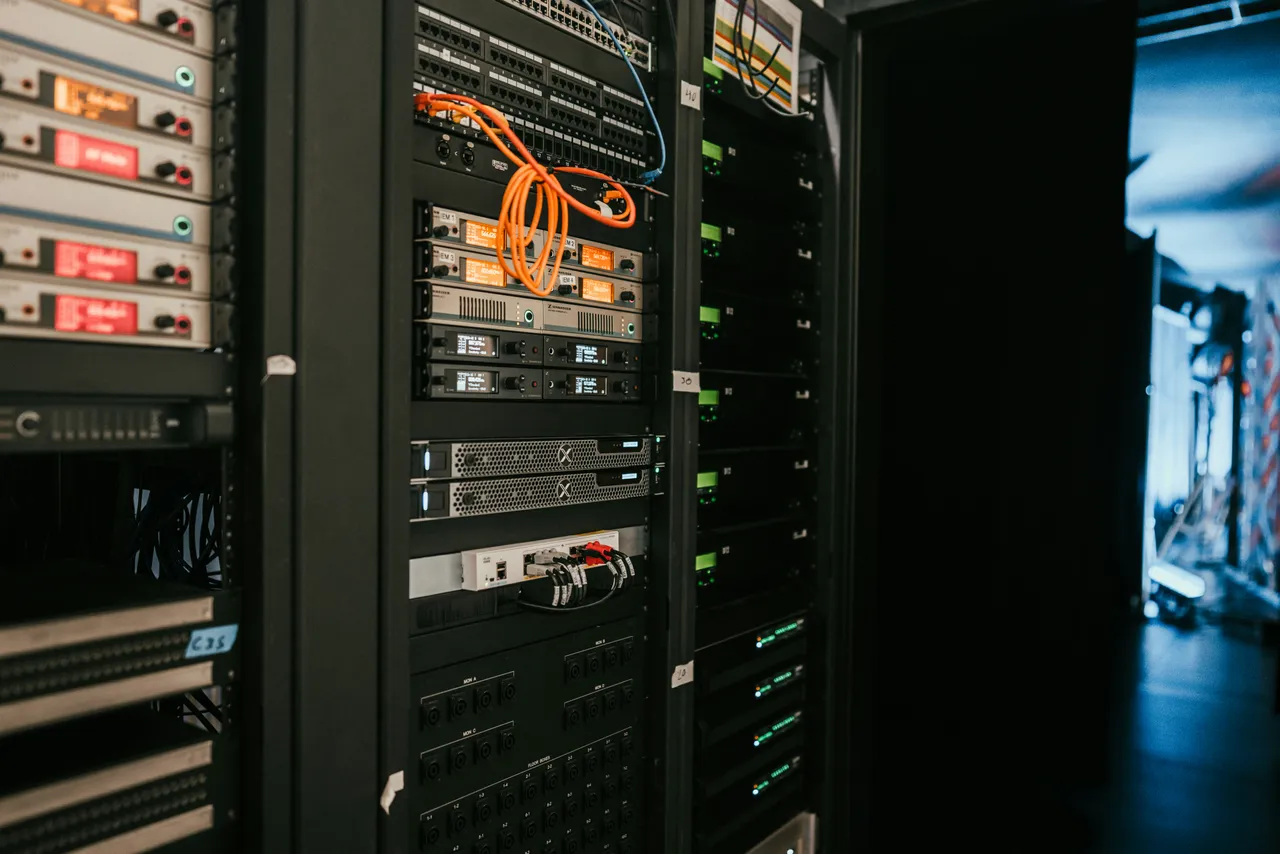Step-by-Step Instructions for Setting Up Your First Home Network
Setting up your first home network can be an exciting journey into the world of technology. This step-by-step guide is designed to help beginners navigate through the process of creating a reliable and efficient home network. Whether you're a tech enthusiast or a novice, follow these simple instructions to get started.
Choosing Your Equipment
Before diving into the setup, the first step is selecting the right equipment for your home network. You will need a modem, which connects to your Internet Service Provider (ISP) to bring the internet into your home, and a router, which distributes the internet connection to various devices. For most users, a combination of a modem-router unit is sufficient and more convenient. It's essential to choose devices that meet your connectivity needs, considering factors like the size of your home, the number of devices, and the types of online activities (streaming, gaming, etc.) you plan to do.
When selecting your equipment, also consider the future of your network. Opting for devices that support the latest wireless standards (such as Wi-Fi 6) can ensure your network remains compatible with new devices and technologies that emerge.
Planning Your Network Layout
Planning the layout of your home network is crucial for achieving optimal performance. Think about where your modem-router will be placed; it should be in a central location to ensure even distribution of the Wi-Fi signal. Avoid areas with thick walls or metal objects, as these can interfere with signal strength.
Consider the devices that will connect to your network. Devices that require a lot of bandwidth, like smart TVs or gaming consoles, may benefit from a wired connection. Ensure your router has enough Ethernet ports for these devices or consider purchasing a network switch to expand your wired connectivity options.
Setting Up Your Router
Once you have your equipment and layout planned, the next step is setting up your router. Start by connecting your modem to the WAN (Wide Area Network) port on your router using an Ethernet cable. Then, power on both devices. Most routers come with a setup wizard that guides you through the configuration process, which you can access via a web browser using the router's IP address found in the manual.
During setup, you'll be prompted to select a Wi-Fi name (SSID) and a strong password. Choosing a unique SSID and a robust password is vital for securing your network against unauthorized access. Additionally, enable WPA3 encryption if your router supports it, as this is currently the strongest form of Wi-Fi security.
Connecting Your Devices
With your router configured, it's time to connect your devices. For wireless connections, search for your network's SSID on your device, select it, and enter the password you created during setup. For wired connections, use an Ethernet cable to connect your device directly to the router. This is particularly recommended for devices that need a stable and fast connection.
After connecting all your devices, it's a good idea to test your network's performance using online speed tests. This can help you identify any potential issues or areas for improvement, such as adjusting the router's location or changing Wi-Fi channels to avoid interference.
Maintaining Your Network
Finally, maintaining your home network is key to ensuring it remains secure and performs well over time. Regularly update your router's firmware to protect against vulnerabilities. Monitor your network's usage to identify unauthorized devices or bandwidth hogs. Consider setting up a guest network for visitors to keep your primary network secure.
By following these steps, you'll be well on your way to setting up a reliable home network that meets your digital needs. Remember, the world of technology is always evolving, so stay curious and keep learning to make the most of your home network.
This article was developed using available sources and analyses through an automated process. We strive to provide accurate information, but it might contain mistakes. If you have any feedback, we'll gladly take it into account! Learn more

